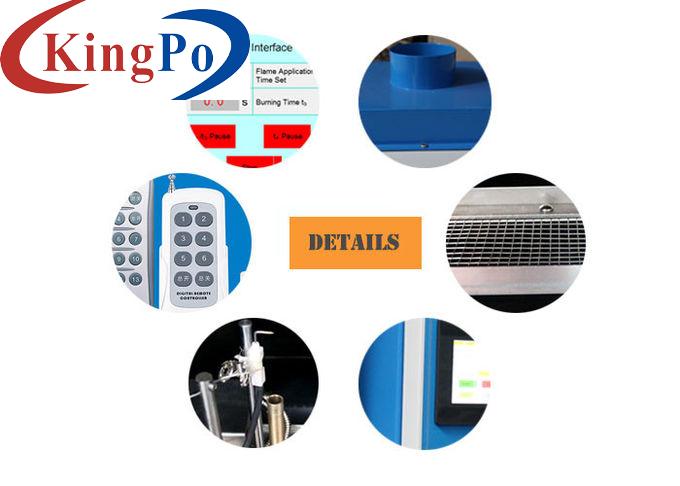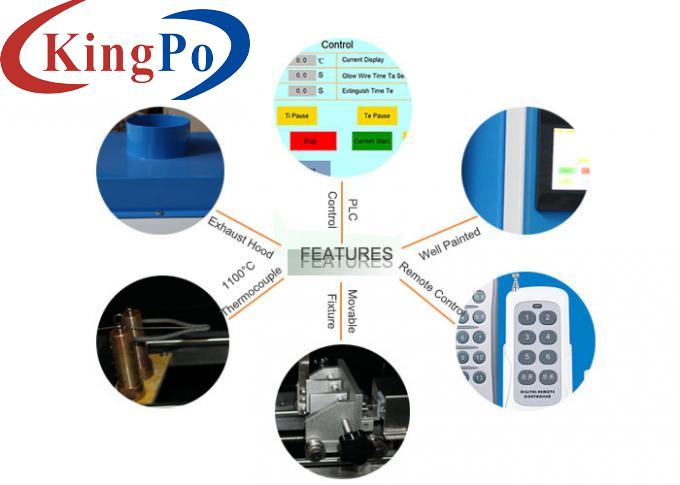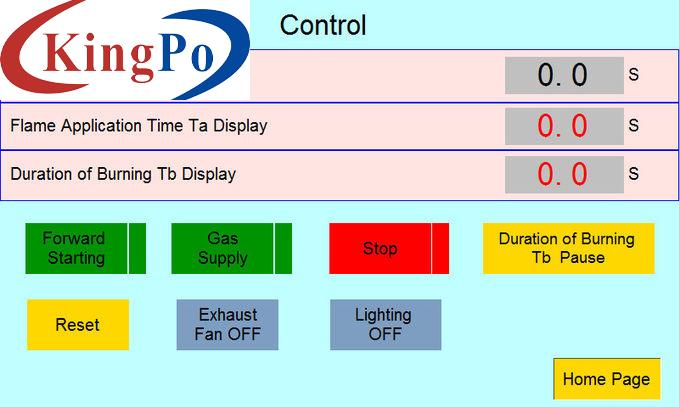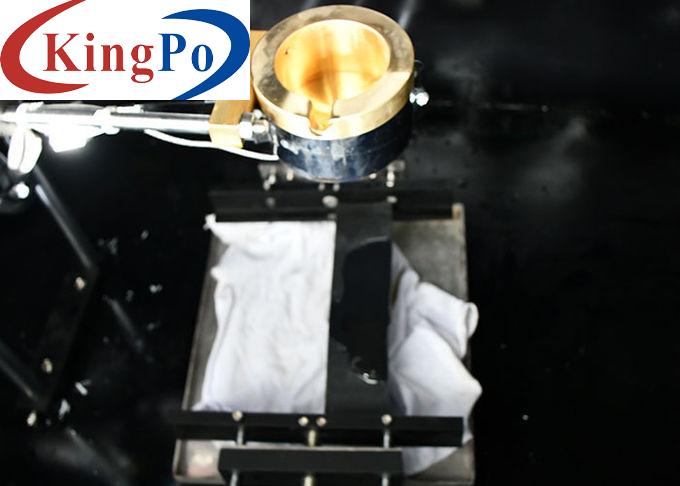Products
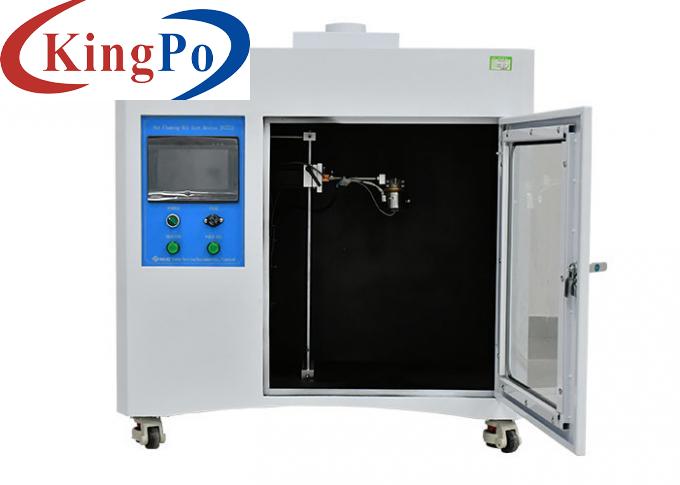
Hot Flaming Oil Flammability Test Chamber IEC 62368-1 Thermal Combustion Oil Test Device
Products Description
Hot Flaming Oil Flammability Test Chamber IEC 62368-1 Thermal Combustion Oil Test Device
Product Information:
The flammability test of thermal combustion oil test device is designed and manufactured according to the standard requirements of IEC 62368-1: 2018 Annex S.3, IEC60950-1:2005 and IEC60950-1:2013 clause 4.6.2, Annex A.3 and etc. It is used to simulate that the flammable liquids used in electrical and electronic equipment may ignite due to overheating and leak out of the fire protection enclosure, causing electrical fires and endangering the reliable operation of the equipment and personal safety.
The test process are to fill 10mL of flammable liquid with the specified performance (average calorific value 38MJ/L, mass per unit volume between: 0.845g/mL~0.865g/mL, flash point: 43.5℃~93.5℃) in the metal ladle, after heating to the distillate fuel oil’s ignition point and burning 1mim, the motor drives the spoon to rotate at a certain height (100mm) and a certain flow rate (1mL/s), and then steadily pour the flammable liquid on the center of the opening of the sample (fire protection enclosure). The fire protection performance of the test product is evaluated by whether the ignition bedding at the specified distance (50mm) and with the specified density (40g/m2) under the test product is ignited.
Features:
Oil Container: The apparatus includes a container that holds the hot oil or flammable liquid during the test. The container is typically made of a heat-resistant material and is designed to safely contain the liquid during the testing process.
Technical parameters:
Heating Element: A heating element is used to heat the oil in the container to a specified temperature. The temperature setting is controlled to simulate the conditions of exposure to hot oils or liquids that materials may encounter in real-world scenarios.
Sample Holder: A sample holder or test chamber is used to secure the test samples during the test. The samples are typically placed in or above the hot oil bath to expose them to the heat and potential flame spread.
Ignition Source: In some cases, a controlled ignition source, such as a gas burner or flame source, may be used to simulate a flame exposure scenario during the test. This helps evaluate the material's response to direct flame contact in addition to heat exposure.
Temperature Control: The apparatus incorporates temperature control mechanisms to maintain the oil at the desired test temperature throughout the test duration. This ensures consistency and repeatability in test conditions.
Safety Features: Safety features, such as thermal insulation, protective shields, and emergency shutdown controls, are important components of the device to ensure the safety of operators and prevent accidents during testing.
Data Recording and Analysis: Some Hot Flaming Oil Test Devices may include data logging capabilities to record temperature profiles, test durations, and other relevant parameters. This data can be used for analysis and documentation of test results.
Parameter model
SN7713
Control & display
Integrated PLC & touch screen
Working voltage
Match client’s local power supply requirements
Test oil
Average calorific value 38MJ/L, mass per unit volume between: 0.845g/mL~0.865g/mL, flash point: 43.5℃~93.5℃
Volume of ladle
>10mL
Hot flaming oil burning time
1 min (1s~999999s can be preset)
Hot flaming oil pouring speed
1 ml/s
Hot flaming oil pouring height
100mm
Hot flaming oil pouring time
10s (1s~999999s can be preset)
Ignition bedding material
Bleached CHEESECLOTH of approximately 40 g/m2
Distance between ignition bedding material and sample
Ignition bedding material is under the sample about 50mm
Test area background color
Black
Equipment size & weight
1130mm* 600mm* 1400mm, with a vent port of ф100mm, 147KGS



